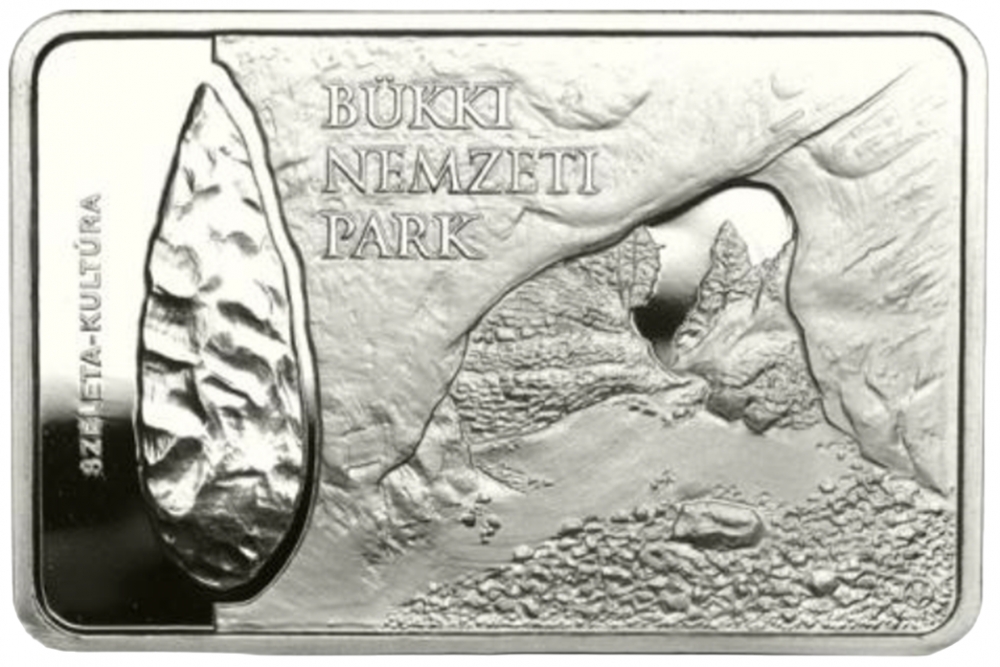You are about to finish your registration. Please check your mailbox (including spam folder). There should be a letter with a confirmation link. Check setting to make sure that your e-mail address is correct.
Send letter againDescription
Bükk National Park (Hungarian: Bükki Nemzeti Park) is a protected area located in the Bükk Mountains of Northern Hungary, near Miskolc. Established in 1977 as the third national park in Hungary, it covers an area of 431.3 km², with 37.74 km² designated for increased protection. As Hungary's largest national park, it spans a mountainous and forested region between Szilvásvárad and Lillafüred. Notable geological features include limestone karst formations, such as caves, swallow-holes, and ravines. The park is home to Istvánlápa, the country's longest (4,000 meters) and deepest (245 meters) cave. Additionally, Bükk National Park hosts ninety species of nesting birds, some of which are endangered.
The Vatican Climate Forest project was planned to be located within the park. Initiated by Russ George, a promoter from San Francisco, the KlimaFa ("Climate Trees") project aimed to offset the Vatican's carbon dioxide emissions. However, no trees have been planted to date. In an interview with the Christian Science Monitor, Lajos Kiss, mayor of the village of Tiszakeszi, pointed out an empty area along the Tisza River where the trees were supposed to be planted. The Monitor also reported that the Vatican was considering legal action to protect its reputation.
Engraver: Gábor Kereszthury
Obverse

|
Depicts the entrance of the Szeleta Cave from the inside, with a prehistoric spearhead on the left. On the left side, the inscription "SZELETA CULTURE," at the top, arranged in three rows underneath each other from left to right, the inscription "BÜKKI," "NATIONAL," and "PARK" are placed. At the bottom, on the right edge, the engraver's privy mark is visible. BÜKKI |
|---|---|
Reverse

|
Depicts the stemless carline thistle (Carlina acaulis), which is the central element of the emblem of the Bükk National Park. At the edge, above, the denomination and the inscription "FORINT," on the right side the inscription "MAGYARORSZÁG," below - among the leaves - the year of issue "2017" and the mint mark "BP." are placed. Micro-inscriptions become visible within the mint mark when magnified at least ten times. 10000 FORINT |
| Edge |
10 000 Forint
National Parks of Hungary
Bükk National Park
Subscribe series
KM# 931 Adamo# EM337
National Parks of Hungary
Bükk National Park
Characteristics
| Type | Commemorative Issue (Non-circulating) |
| Material | Silver |
| Fineness | 0.925 |
| Weight | 31.46 g |
| Diameter | - |
| Width | 39.6 mm |
| Height | 26.4 mm |
| Thickness | 3 mm |
| Shape |
|
| Alignment | Medal |
| Mint |
Budapest Mint (BP)
|







